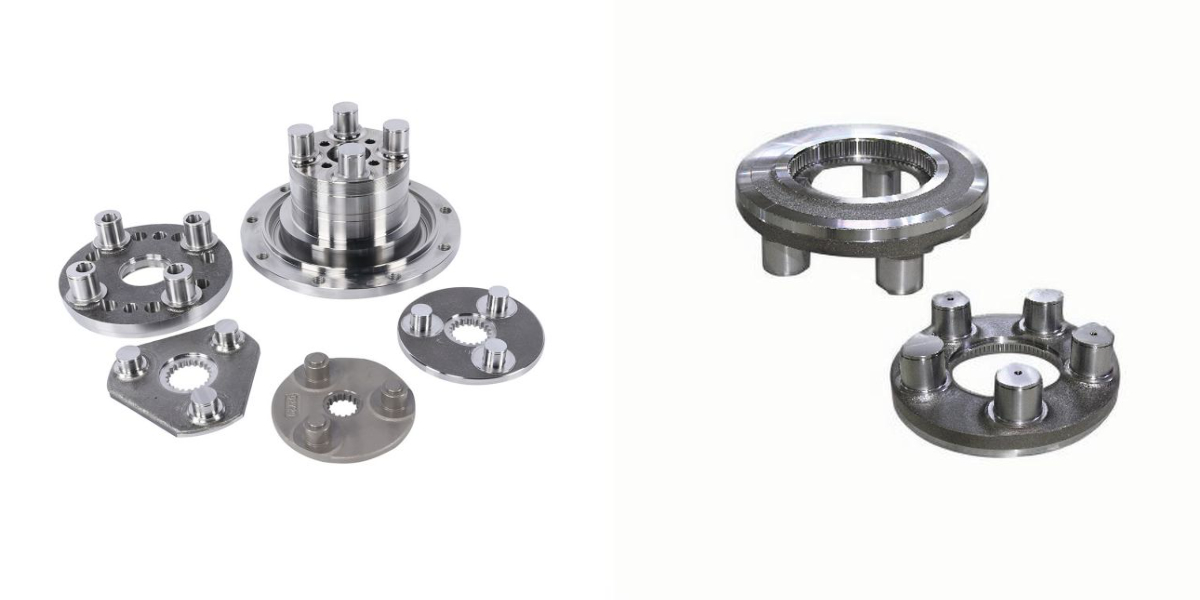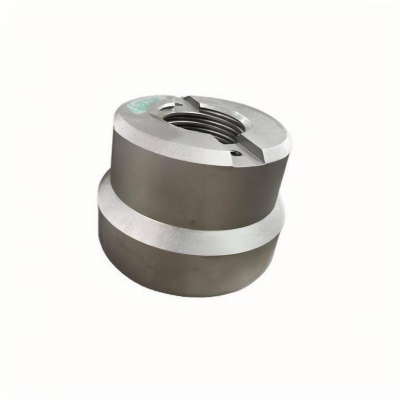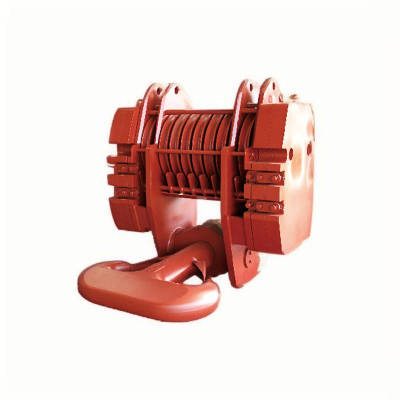Planetary Gearbox: How It Works, Types, and Advantages?
Planetary Gearbox: How It Works, Types, and Advantages?
In the field of mechanical transmission, Planetary gearboxes hold an important position due to their efficient and compact characteristics. Whether it is the automotive industry, robotics technology or wind power equipment, its presence can be seen everywhere. This article will delve deeply into the working principle, main types, and core advantages of planetary gearboxes, while focusing on the crucial role of their key component - the planet carrier.
I. Working Principle of Planetary Gearboxes: The Exquisite "Celestial Motion"
The working principle of Planetary gearboxes simulates the operation mechanism of the solar system, which is also the origin of their name. It is mainly composed of four core components: the sun gear, the Planet Gears, the internal gear ring and the planetary carrier.
When in operation, the sun gear usually receives power as the input end, and the Planet Gears mesh around the sun gear and roll along the inner side of the internal gear ring at the same time. The planet pinion carrier plays a crucial role in connecting and supporting the planetary gears. All the planetary gears are installed on the planet inion through shafts, enabling them to both rotate along with the planetary gears and revolve around the sun gears. The power is transmitted to the output end through the planetary gear carrier, or different transmission ratios are achieved through the fixation and linkage of the internal gear ring and the sun gear. This structure enables the power to be evenly distributed among multiple planetary gears, significantly enhancing the transmission efficiency and load capacity.
Ii. Main types of planetary gearboxes: Adapted to different scene requirements
Planetary gearboxes can be classified into various types based on structural and functional differences. Common ones include:
Single-stage planetary gearbox: It contains only one set of sun Gears, Planet Gears and carrier planetary gears. The structure is simple and it is suitable for scenarios where the transmission ratio requirement is not high.
Multi-stage planetary gearbox: Composed of multiple single-stage structures connected in series, it achieves a larger transmission ratio by increasing the number of stages and is often used in precision machinery such as robot joints.
Split planetary gearbox: After the power is input from the sun gear, it is output respectively through the carrier planetary gear and the internal gear ring, which can achieve power splitting and is suitable for high-power equipment.
No matter what type it is, the design of the planetary carrier is at the core, and its strength and precision directly affect the stability and lifespan of the gearbox.
Iii. Core Advantages of Planetary Gearboxes: Why Are They the Industry's Top Choice
Planetary gearboxes are widely used due to their significant advantages:
High transmission efficiency: Power is transmitted through multiple Planet Gears, with low energy loss and efficiency usually reaching over 90%.
Compact structure: The planetary gears are symmetrically distributed around the sun gear. Combined with the integrated design of the planet pinion carrier, under the same transmission ratio, its volume is much smaller than that of a common gearbox.
High load capacity: The load is shared by multiple planetary gears. The planetary gear carrier evenly distributes the stress and can withstand large radial and axial forces.
Wide range of transmission ratios: Through single-stage or multi-stage combinations, transmission ratios ranging from several to several hundred can be achieved, meeting the requirements of different equipment.
These advantages make planetary gearboxes indispensable in high-end fields such as new energy vehicles and aerospace.
Iv. Key Components of Planetary Gearboxes: The Importance of Planet Carriers
Among the Components of a Planetary Gearbox, the planetary carrier serves as the "bridge" connecting power and structure. It not only needs to fix the shafting of the planetary gears but also transmit torque, so it has extremely high requirements for material strength and processing accuracy.
Common carrier planetary materials include high-strength alloy steel, which is formed through forging or casting processes and then precisely machined to ensure the fit accuracy with the planetary gears and output shafts. Furthermore, the structural design of the carrier planetary gear needs to take into account both lightweight and rigidity to avoid transmission errors caused by vibration during operation. It can be said that the performance of the planet pinion carrier directly determines the reliability of the entire gearbox.
V. Summary: Applications and Future of Planetary Gearboxes
Planetary gearboxes, with their unique structural and performance advantages, have become core components of modern industrial transmission systems. From automotive gearboxes to industrial robots, from wind power speed increasers to precision instruments, its application scenarios continue to expand.
As for the core component, the planetary carrier will develop towards being lighter, stronger and having a longer service life with the advancement of material technology and manufacturing processes. In the future, the collaborative optimization of Planetary gearboxes and planetary gear carriers will further drive the innovation of mechanical transmission technology and provide more efficient and reliable power solutions for various industries.





